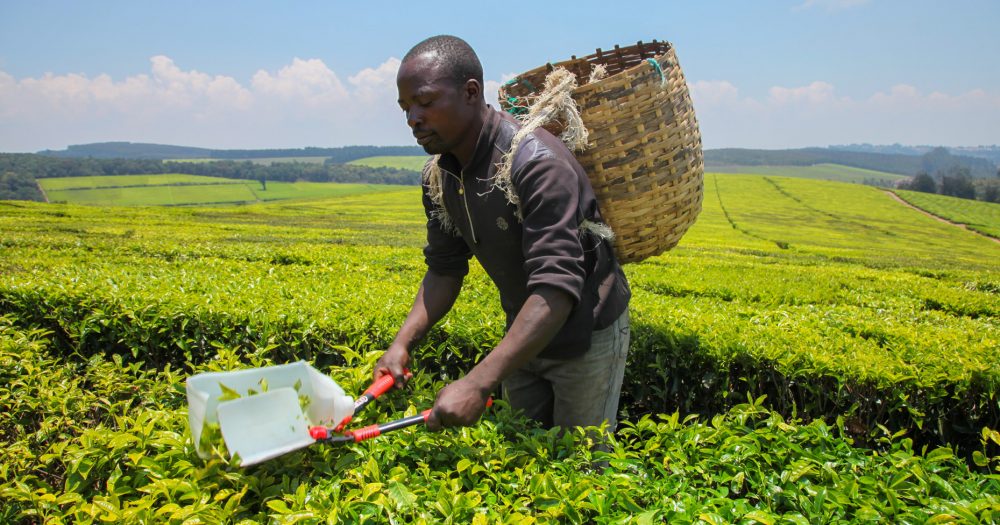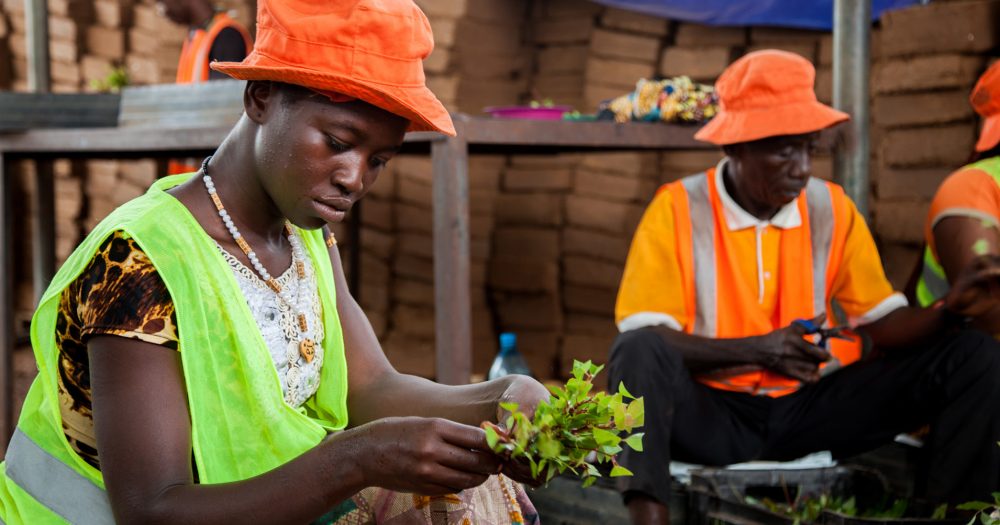This investment was made when British International Investment was named CDC Group.
Our investment
Description of the investment.
Description of the investment.
We first invested in RBL Bank in 2014, making a $29 million equity investment, and a subsequent pre-IPO investment of $6.7 million in 2015. In 2016, we provided a $49 million long-term loan to RBL Bank, to strengthen its capital base and support the bank’s plans to grow its geographic footprint across India's poorer states such as Rajasthan, Madhya Pradesh and West Bengal. This loan was repaid in 2017 and a new equity investment of $99 million was made. We made our latest investment in 2020 to support the bank in its ambitions to grow its lending to microfinance borrowers and SMEs.
Impact information
Applies to investments made from 2019 onwards. The tabs in this section define what we expect to achieve through the investment, assessing the potential impact of the investment against six dimensions of impact. You can find more details on our methodology of assessing impact here.
Applies to investments made from 2019 onwards. The tabs in this section define what we expect to achieve through the investment, assessing the potential impact of the investment against six dimensions of impact. You can find more details on our methodology of assessing impact here.
What?
| Impact |
|---|
Continue or improve access to finance for underserved segments including SMEs and low-income microfinance customers, particularly in low-income states, to maintain economic opportunities and sustain individual resilience (SDG 8.10, 1.4). |
|
|
How?
| How? |
|---|
|
CDC’s investment will strengthen the capacity of the bank to meet its capital adequacy ratio. This will support portfolio quality and create impact in the following ways:
|
Who?
| Stakeholder | Geography | Characteristics |
|---|---|---|
| Individuals, business owners, employees |
|
|
How much?
| Scale | Depth/Duration |
|---|---|
|
More detailed estimations would be needed to assess total potential customers that will be reached, therefore the size of the loan book and customer base will be used as a proxy. Currently, the bank services 8.5 million customers (vs average 3.95 million in our South Asia portfolio). |
|
Contribution/additionality
| Contribution/additionality |
|---|
|
Grid score
| Grid Score
To help us direct our investments, we previously used a tool called the Development Impact Grid. It scored investments out of four, based on two factors: the difficulty of investing in a country and the propensity of the sector to generate employment. This tool was used for investments until the end of 2021. Since 2022 it has been replaced by the Impact Score. |
|---|
1.85-2.13Market context: There is no disaggregated data by state for the full loan book. The range indicates whether calculated by branch footprint or MFI book only (11 per cent of total) |
Risk
External Risk
Alignment Risk
Unexpected Impact Risk
|
Reporting and Complaints Mechanism
The Reporting and Complaints Mechanism allows anyone outside BII to report alleged breaches of the business integrity or environmental and social provisions of BII’s Policy on Responsible Investing. This includes breaches made by BII, a BII investee, or a portfolio company of a fund in which BII has invested. The Reporting and Complaints Mechanism Rules are available here. Reports and complaints can be submitted by email to reportsandcomplaints@bii.co.uk or by mail. See more details on our Reporting and Complaints Mechanism here.
For any other general enquiries contact us at enquiries@bii.co.uk
-
Key facts
- Last updated
:
When the last quarterly update of the website database occurred.
- June 2024
- Project number
:
An identifier number shared by investments in the same project.
- D42
- Status
:
The current status of the investment (green flag for active and red flag for exited).
- Active
- Region
:
The geographical region where the country is located. We currently invest in Africa, South Asia, South East Asia and the Caribbean. In 2023, BII’s investment mandate was extended allowing it to invest in regional funds linked to Ukraine, with the majority of activity expected to begin post-war. Investments outside these regions were made prior to 2012 under previous investment mandates.
- South Asia
- Country
:
The countries where the investment delivers impact. Where impact is delivered in multiple countries, this is indicated.
- India
- Sector
:
We prioritise those sectors that facilitate development and need our capital the most. Our priority sectors contribute towards many of the Sustainable Development Goals. They range from investing in the power infrastructure that will provide people with better access to electricity, to investing in financial institutions that direct capital to the individuals and businesses that need it the most.
- Financial services
- Investment type :
- Equity
- Start date :
- August 2020
- Amount :
- $11.57m
- Currency of investment :
- INR
- Domicile
:
The company or investment fund’s place of incorporation.
- India
We provide capital in the following ways: directly – through direct equity, direct debt, guarantees and other non-intermediated financial instruments; and indirectly – principally through investment funds.
For direct investments and fund investments, this is the date BII committed capital to the investments. This is typically the date on which legal agreements are signed by all parties.
For the portfolio companies of our fund investments, this is the date (either the month or the quarter) on which the fund committed capital to the portfolio company.
For direct equity investments, this is the date at which British International Investment exited the investment.
For debt investments, this is the date at which the final debt repayment was made.
For funds, this is the date at which the fund was terminated.
For underlying fund investments, this is the date at which the fund manager exited the investment.
The total amount committed, per financial instrument, per investment, on the date BII becomes subject to a binding legal obligation to provide funding or assume a contingent liability. This information is provided in US dollars.
For direct investments, this is the amount that BII has committed to the business or project. For fund investments, this is the amount BII has committed to the fund.
The currency in which the investment was made.
- Last updated
Related investments made by BII into this company:
| Investment name | Commitment | Region | Sector | Start date | Status |
|---|---|---|---|---|---|
| Investment 01 | $29.27m | South Asia | Financial services | March 2014 | Active |
| Investment 02 | $6.79m | South AsiaSouth Asia | Financial services | October 2015 | Active |
| Investment 03 | $49.28m | South AsiaSouth AsiaSouth Asia | Financial services | September 2016 | Exited |
| Investment 04 | $99.03m | South AsiaSouth AsiaSouth AsiaSouth Asia | Financial services | July 2017 | Active |


